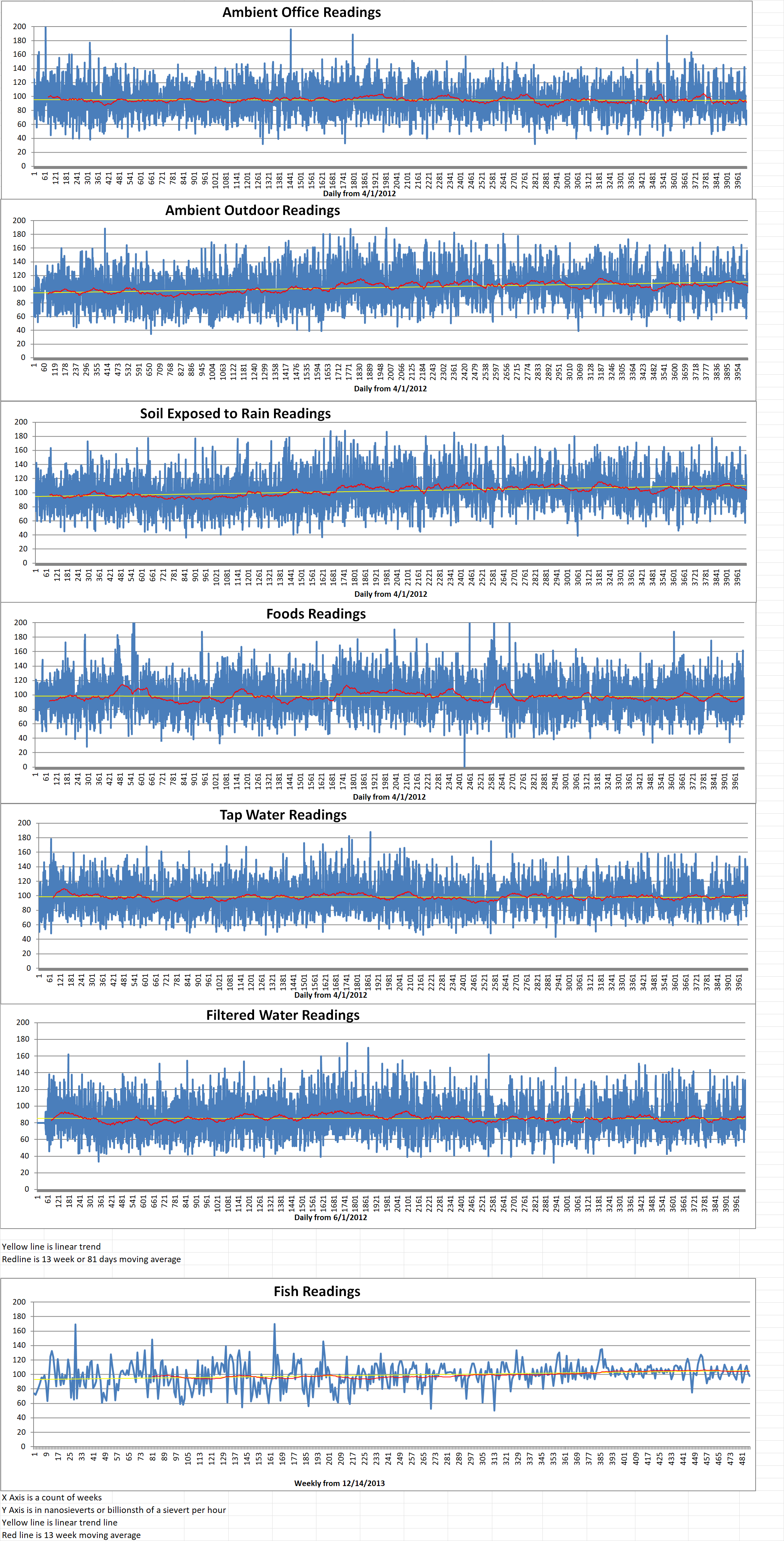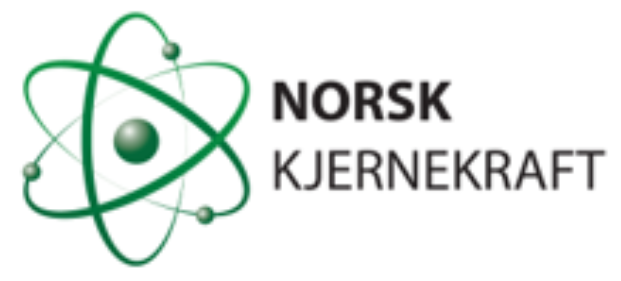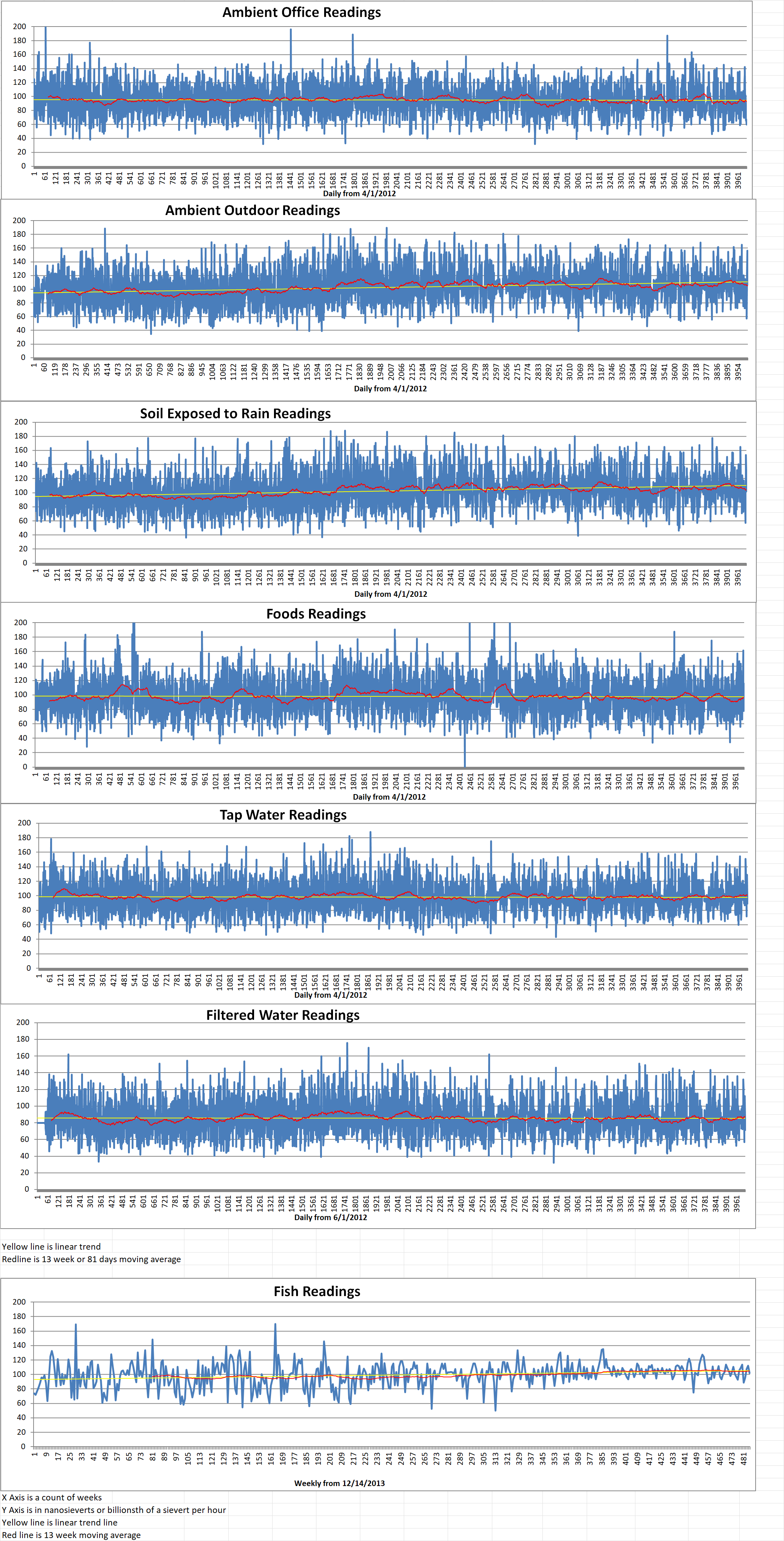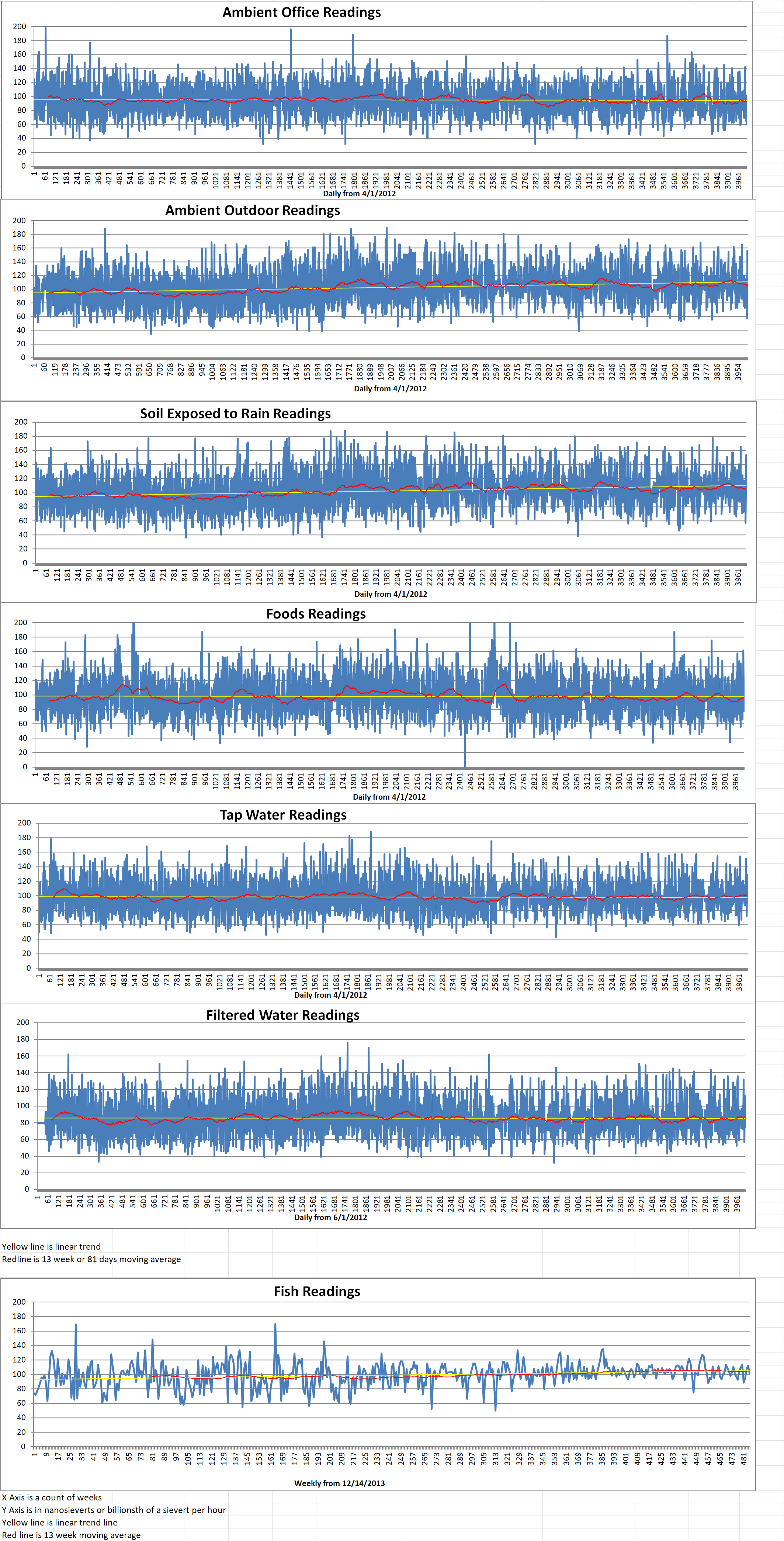Recently, the Norwegian company Norsk Kjernekraft (NK) has signed a letter of intent with TVO Nuclear Services (TVONS) to jointly investigate the deployment of small modular reactors (SMRs) in Norway. TVONS is a consulting company wholly owned by Finnish utility Teollisuuden Voima Oyj (TVO).
The Norwegian company intends to identify suitable areas for SMRs in collaboration with power-intensive industries. It will prepare license applications in accordance with Norwegian national regulations and international standards. NK will follow the International Atomic Energy Agency’s approach for milestones. It will focus on what creates value in the early phase. Funding will take place in collaboration with capital-strong industry and solid financial partners.
In the letter of intent with TVONS, NK said it will use the knowledge and experience of TVO in the “safe and secure operation of nuclear power plants”. In addition, TVO is also the majority shareholder in Posiva. Posiva is the company that succeeded in building a final geological repository for spent nuclear fuel in Finland. NK will plan for the entire life cycle of its activities from cradle to grave. NK added, “this aspect is of particular importance”.
The collaboration will also include the assessment of the suitability and effectiveness of the development of nuclear power in the Norwegian municipalities of Aure, Heim, Narvik and Vardø. The municipalities are working together with NK to investigate the technical, financial and safety aspects of building one or more SMRs in their areas. They will take into account local conditions and input from the residents of the municipalities.
Jonny Hesthammer is the CEO of Norsk Kjernekraft. He said, “When we develop nuclear power in Norway, we will take lessons from the time when Norway developed its now extraordinary capabilities in the oil and gas sector. Back then, we developed the petroleum industry in collaboration with countries and companies that had the necessary experience. The same recipe can be used to establish nuclear power in Norway.”
Timo Palomäki is the CEO of TVONS. He said, “We in Finland have the latest nuclear power know-how from the Olkiluoto 3 project, which of course has taken longer than expected, but at the same time we have gathered a lot of valuable experience. We appreciate that NK sees us as an important partner, and we want to start working together to build environmentally friendly and safe nuclear power in Norway. This will be a great example of Nordic cooperation on the development of future energy solutions.”
TVO subsidiary TVONS utilizes TVO’s experts and partners for consultation and development services. The mission of TVONS is to provide TVO’s fifty-year experience in the nuclear business to its customers. TVO said it has “40 years excellent operation experience of boiling water reactors, 25 years effective experience in construction and operation of a low and intermediate-level waste repository, and has unique experience of tendering, sourcing and constructing a first-of-a-kind modern nuclear power plant”.
NK said, “Such an agreement for the safe and sustainable development of clean nuclear power has never been concluded between a Norwegian and Finnish organization before, which makes this a historic agreement. TVONS will assist NK in our work to deploy SMRs to supply Norwegian industry and households with clean, reliable and affordable energy in the decades and centuries to come.”







